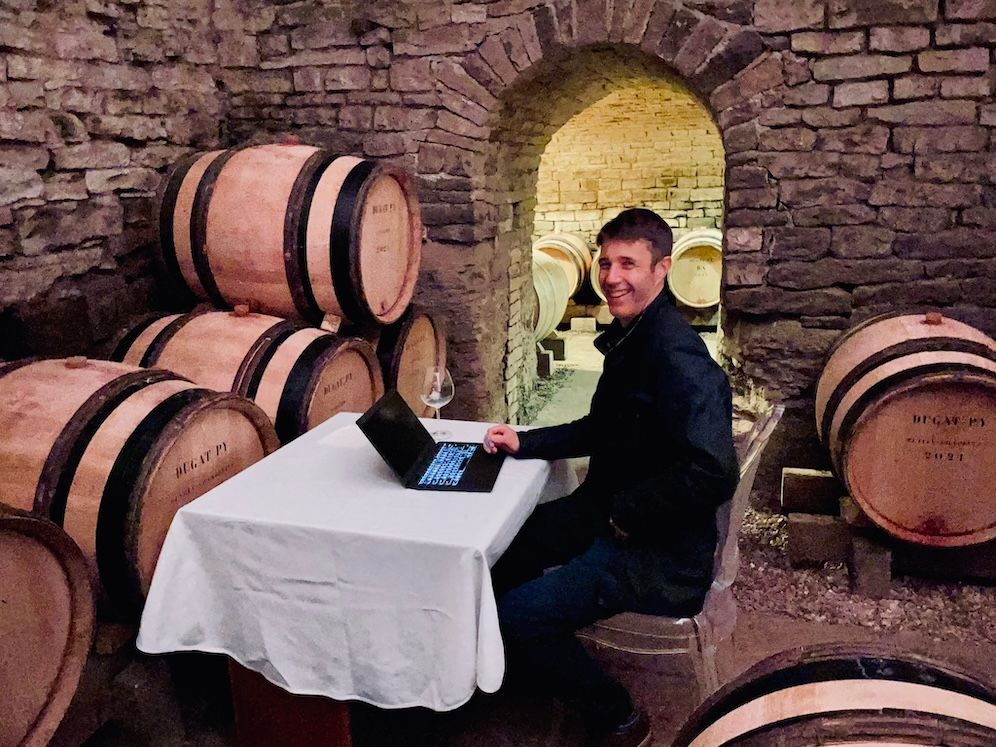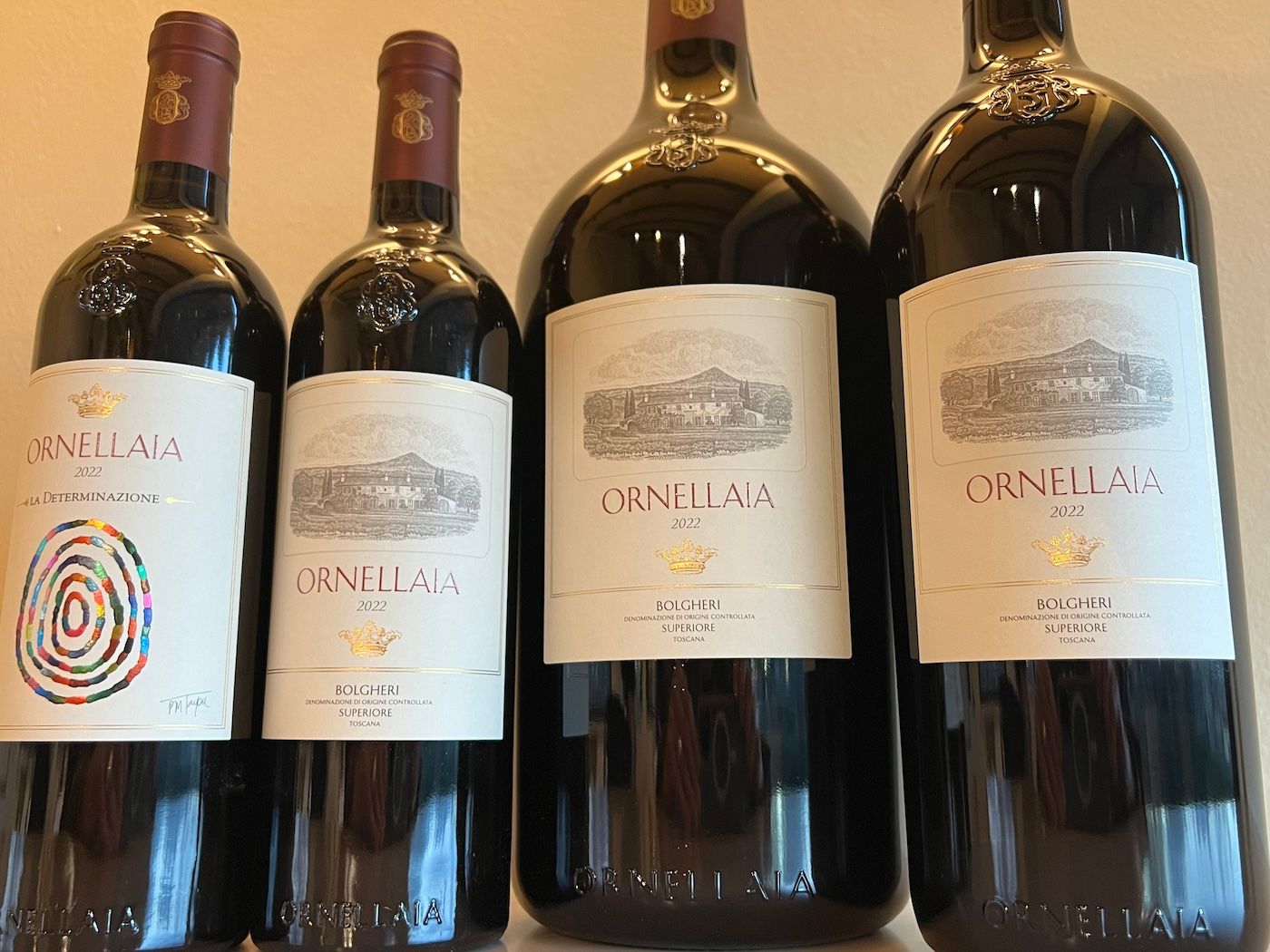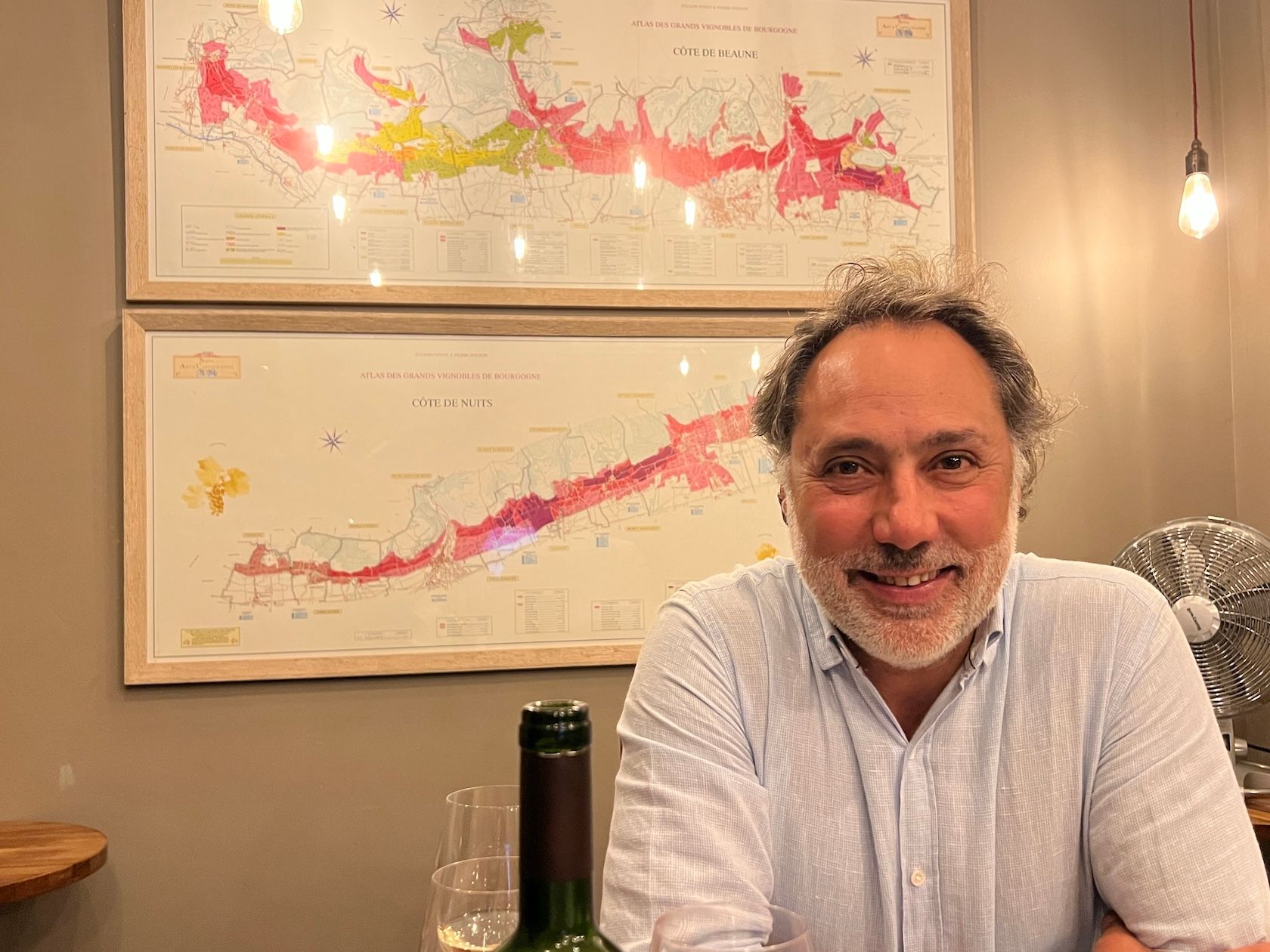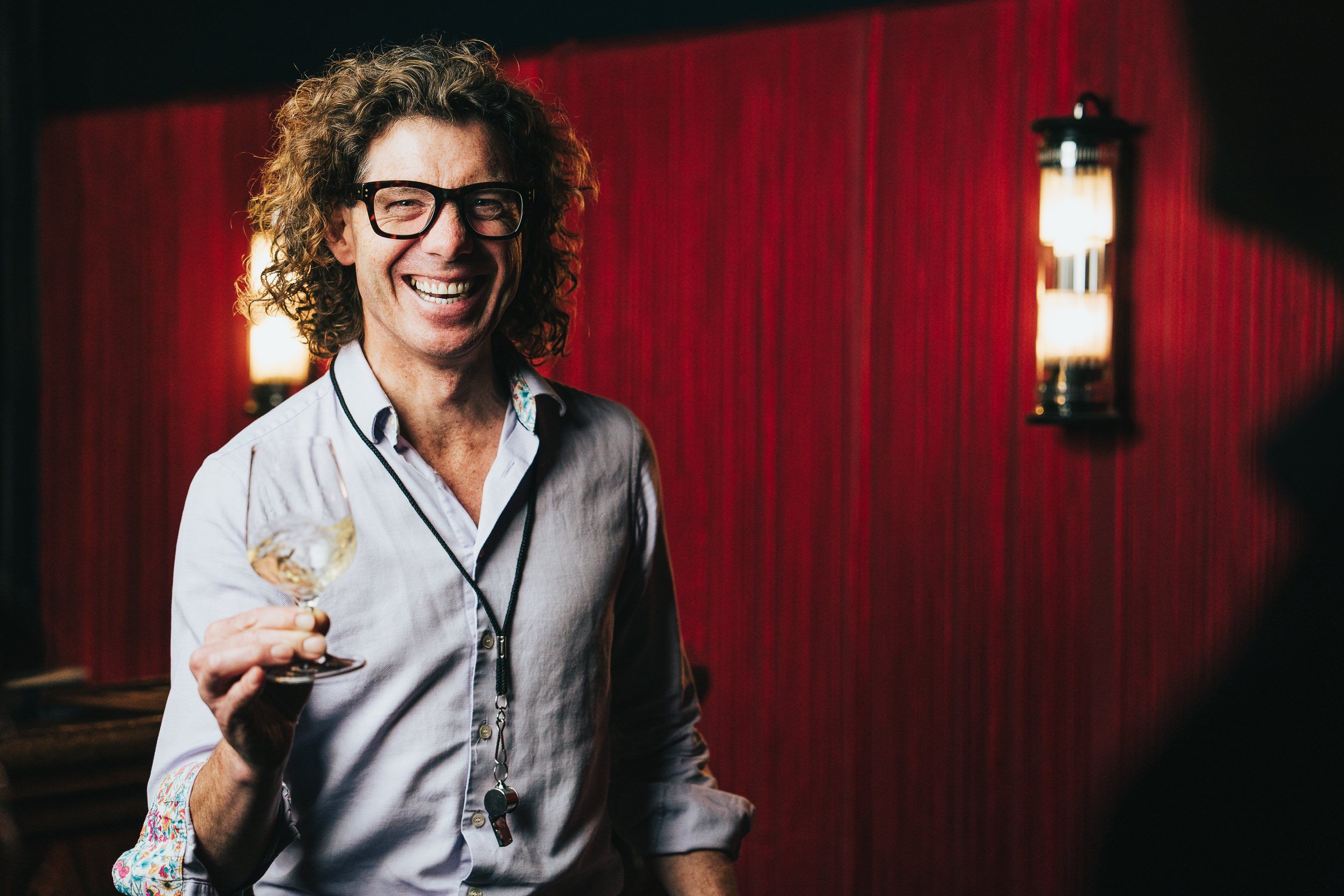“Rising temperatures and unpredictable weather patterns have brought a new frontier to the world of fine wine, but with the 2022 vintage, Bordeaux has proved that it is more than up for the challenge,” writes Aldersley-Hey.
After an intense week of tasting across Bordeaux at the end of April, we found that the 2022 vintage is, quite frankly, pretty magical. The hottest year on record for France since 1947 with severe drought throughout the summer, and yet a year that produced some of the freshest and most exciting wines in recent memory. All across Bordeaux we tasted wines with glossy fruit, rich body and firm tannins, but the vibrancy and perfume of a cool vintage. The Merlot in particular stood out with incredible aromatics and pure fruit, while Cabernet Franc adds noticeably lift and vibrancy even in small percentages. Against the backdrop of the vintage conditions, we also found that the individual character of each appellation was well-defined, offering an opportunity to buy widely across a great vintage for a range of styles.
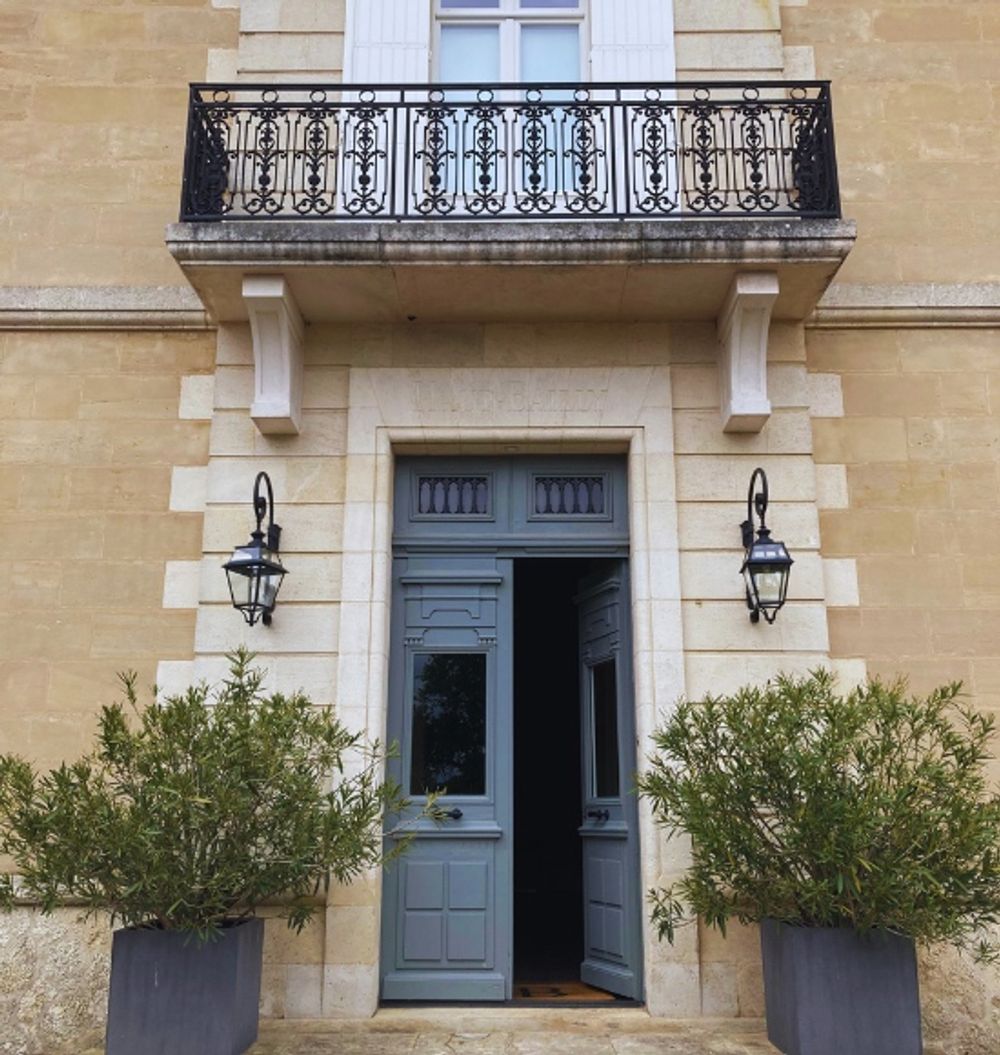
Château Haut-Bailly, Pessac-Léognan
An early start
Generally the winter was relatively mild although the Right Bank saw the coldest temperatures for six years. All over, temperatures started to rise early. From early April – late March in some cases – the growers saw the signs of a warm vintage, with budburst up to two weeks earlier than normal. At this stage, most producers stopped all leaf-thinning to shade the fruit and decided against green harvesting to avoid over-stressing the vine, techniques which paid dividends in producing balanced wine.
Early April did see some frost but the impact was pretty negligible for most growers. Haut-Bailly suffered a few sleepless nights keeping the vineyards warm, but the river kept the worst out of vineyards further north.
The summer
A much-needed burst of rain in mid-June replenished the groundwater for many thirsty vines, but was followed by near complete drought for 6-8 weeks. Château Margaux didn’t see a single drop of rain from mid-July until the end of August while Haut-Bailly recorded 50 days without rain right through to harvest. The Right Bank was slightly less extreme, with less rain in June but scattered showers in July and August. During this drought, every month was up to 10% hotter than the average of the last 20 years, with 3-5 heatwaves pushing the temperature to 40°C – or over. Cos d’Estournel noted 44 days above 40°C across the year.
But this consistency of heat and its early start allowed the vines to adapt. The roots dug deep into the subsoil to search for water, with old vines and their extensive root systems in particular performing well. Despite the immensely challenging conditions, many producers noted how healthy the vines were, the leaves staying green and healthy all the way into October, even when forests and other plants started to visibly suffer. Omri Ram at Château Lafleur said that the vineyard needed no help, that the vines took everything in their stride.
A burst of hail in June in the northern Médoc did cause some damage to producers such as Phélan Segur (who lost a good chunk of Cabernet Sauvignon and a 19th Century window), Calon Segur, and Sociando-Mallet but thankfully the impact was over a limited area.

Château Léoville Barton, Saint-Julien
The harvest
The harvest was early with most Merlot picked by mid-September, and Cabernet Sauvignon by the end of the month. The white harvest started as early as 18th August. Conditions were perfect: with no incoming rain or disease pressure, producers could take their time and harvest plot-by-plot – even bunch by bunch – to ensure perfect ripeness across the board.
The berries these vines produced were small, with thick skins to protect themselves from the heat. This did reduce some yields, particularly with Cabernet Sauvignon: Pontet-Canet said that from a single tank they produced 20% less juice but double the amount of solids. It is important to note that the berries were not shrivelled, but grown adapted to the conditions in the first place, resulting in a miraculous balance of freshness and intensity. Almost everyone we visited was very careful with their extraction to control the tannins, resulting in wines of firm structure but that remain remarkably approachable.

Château Pichon Baron, Paulliac
The wines by appellation
Margaux’s signature fruit intensity was in full force this vintage, with the tannins adding edges and keeping wines grounded.
St Julien produced some very impressive wines, all quite serious with a real weightiness to them. In general, very complete wines, already melded together.
Paulliac is a very exciting appellation this vintage, with earthy, incense-like aromatics alongside the 2022’s floral perfume. There is a vibrancy here that gives a sense of energy with firm tannins wrapped around the fruit.
Saint-Estèphe displayed the vintage’s structure most clearly with mouth-coating, angular tannins and plush fruit built around a savoury backbone. These wines will need more time than most to come together.
Graves & Pessac-Léognan produced some truly exceptional wines. The fruit is dense and rich, darker than most other appellations, but with a sense of sweetness. The floral overtones of the vintage are well-pronounced here and the tannins are taut but crunchy, adding pleasing freshness.
Saint-Émilion made rich wines that are juicy and welcoming. Supple and silky tannins are layered in providing precision alongside the luxurious fruit.
Pomerol wines are firmer than Saint-Émilion with grippy tannins acting as a foundation to the bright, spicy fruit with a dense, velvety texture. This was probably the overall finest appellation for us, and Armit are privileged to be ambassadors of Château Lafleur, which was one of the wines of the vintage. Our Master Sommelier Nicolas Clerc found a dense, velvety wine with a restraint and depth similar to 2010, and with high quality across the whole stable from this producer.
Whites in 2022 were more tricky due to the heat, but some fabulous wines were produced in the hands of the careful producers. A fresh pineapple character unified most of the wines, as well as a creamy, broad style. The best examples displayed an added steeliness and focus and there were some real stand-outs.
A vintage looking towards the future
It is difficult to compare 2022 to other vintages. Pontet-Canet associated the complex aromatics with 2010 but the rich texture with 2016, while Angelus looked more recently and suggested a combination of 2018, 2019, and 2020. Some looked further back further with Cos d’Estournel comparing the the early harvest to 1989 and the heat to 1947 and 1949, while Léoville Las Cases landed firmly on 1870. But really, it is clear that 2022 is its own beast. In the words of Matthieu Bessonnet, the winemaker at Pontet-Canet, “there are no more ‘normal’ vintages”. Rising temperatures and unpredictable weather patterns have brought a new frontier to the world of fine wine, but with the 2022 vintage, Bordeaux has proved that it is more than up for the challenge.
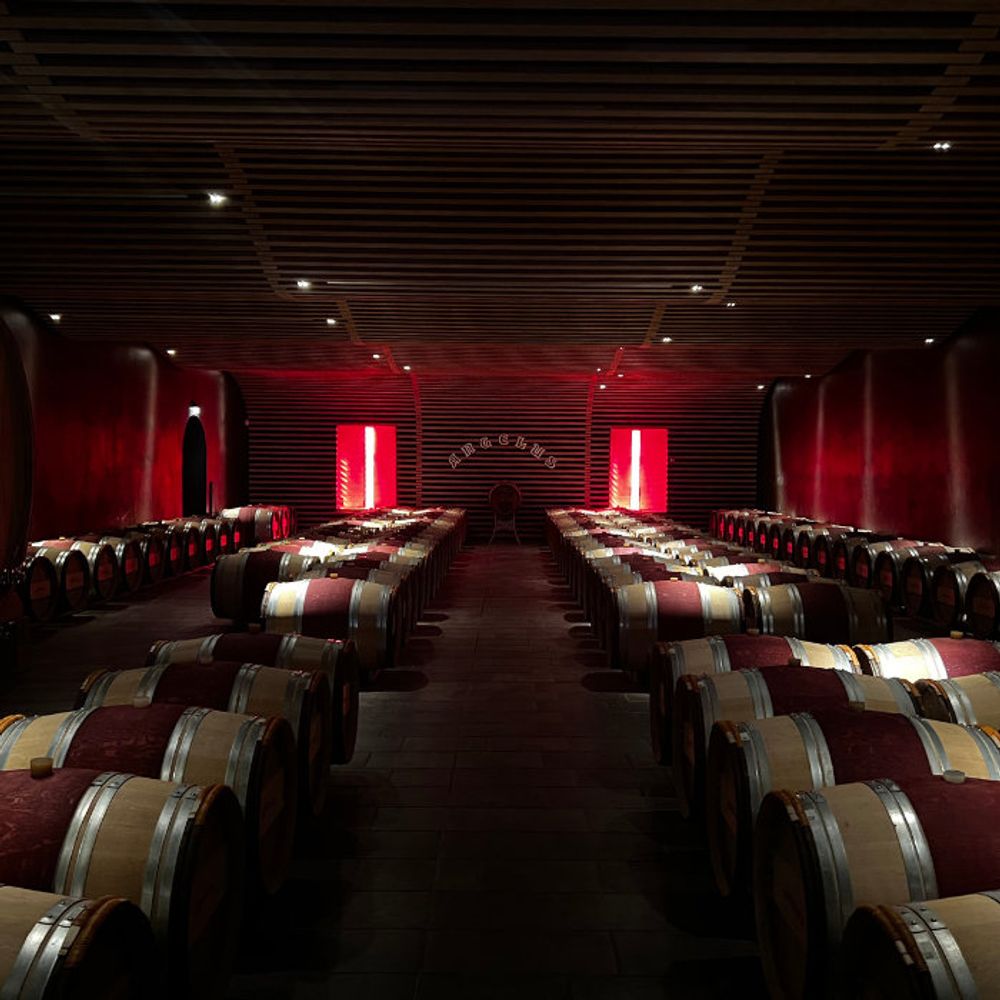
Angélus, Saint-Émilion
Getting in touch
Armit Wines will be running En Primeur over the next six weeks so please get in touch if you would like to receive these offers.
If you have any interest in particular Châteaux – in particular Château Lafleur – please reach out to discuss an allocation. For Bordeaux wines ready to drink now, Armit is also the exclusive importer of Esprit de Pavie, sourced from younger vines from this iconic Saint-Émilion estate.
Armit Wines is a commercial partner of The Buyer. To discover more about them click here.

